Fuzhou’s art centre by PES Architects takes its cues from jasmine blossom
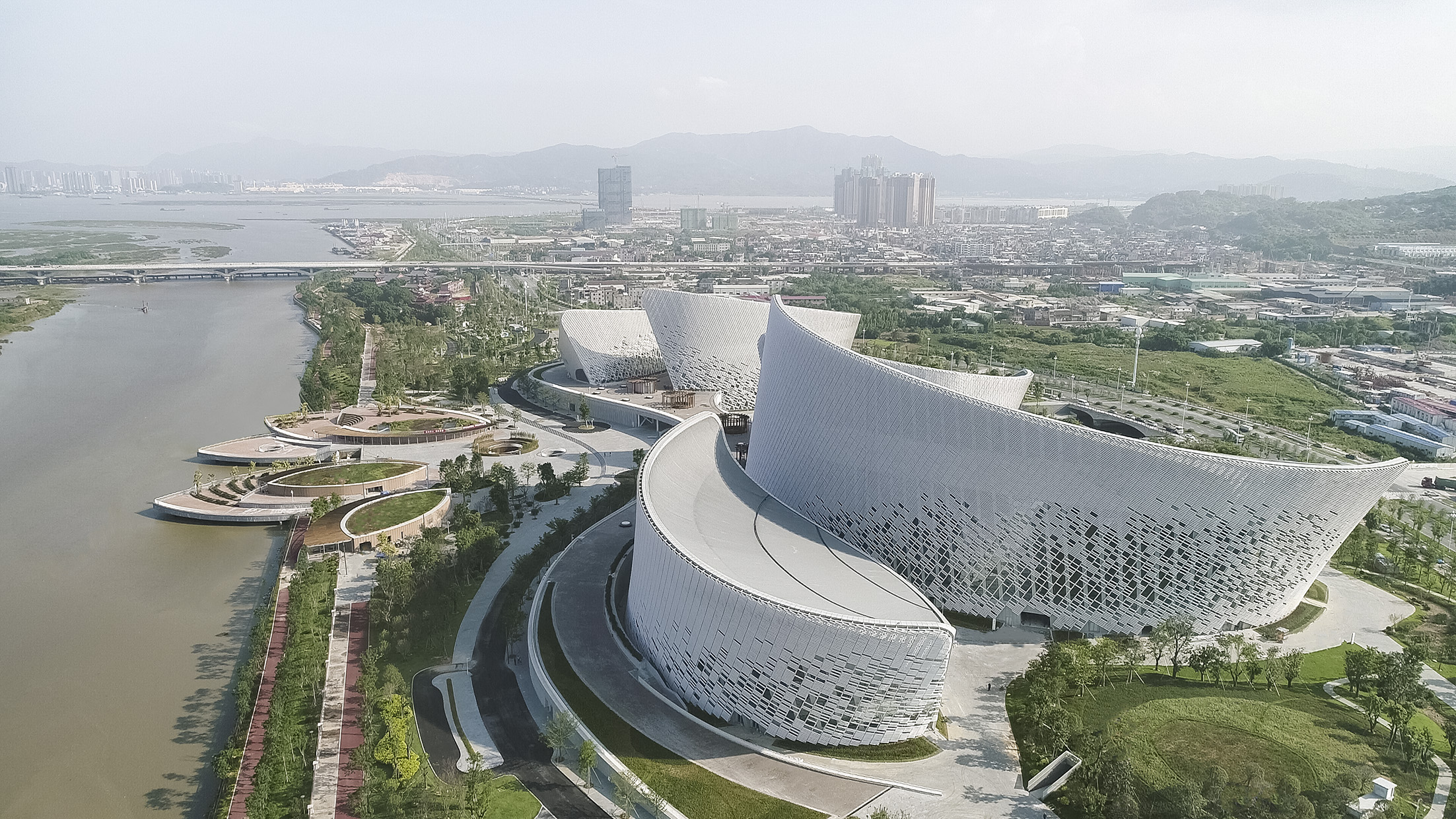
Fuzhou, China, has recently been hailed as one of the fastest growing metropoles in the world, so no surprise that this aspiring urban hub was in need of a world-class cultural and performing arts centre to match. Enter Helsinki and Shanghai based studio PES-Architects, who have just completed a striking complex there; the Fuzhou Strait Culture and Art Centre.
The highly expressive, large scale commission is the architecture practice's fourth completed work in China, and takes its inspiration from the Chinese jasmine blossom, the official city flower of Fuzhou. Five ‘petals' host the centre's main functions; a 1600-seat opera house, a 1000-seat concert hall, a multi-functional theatre, and an art exhibition hall and cinema centre.
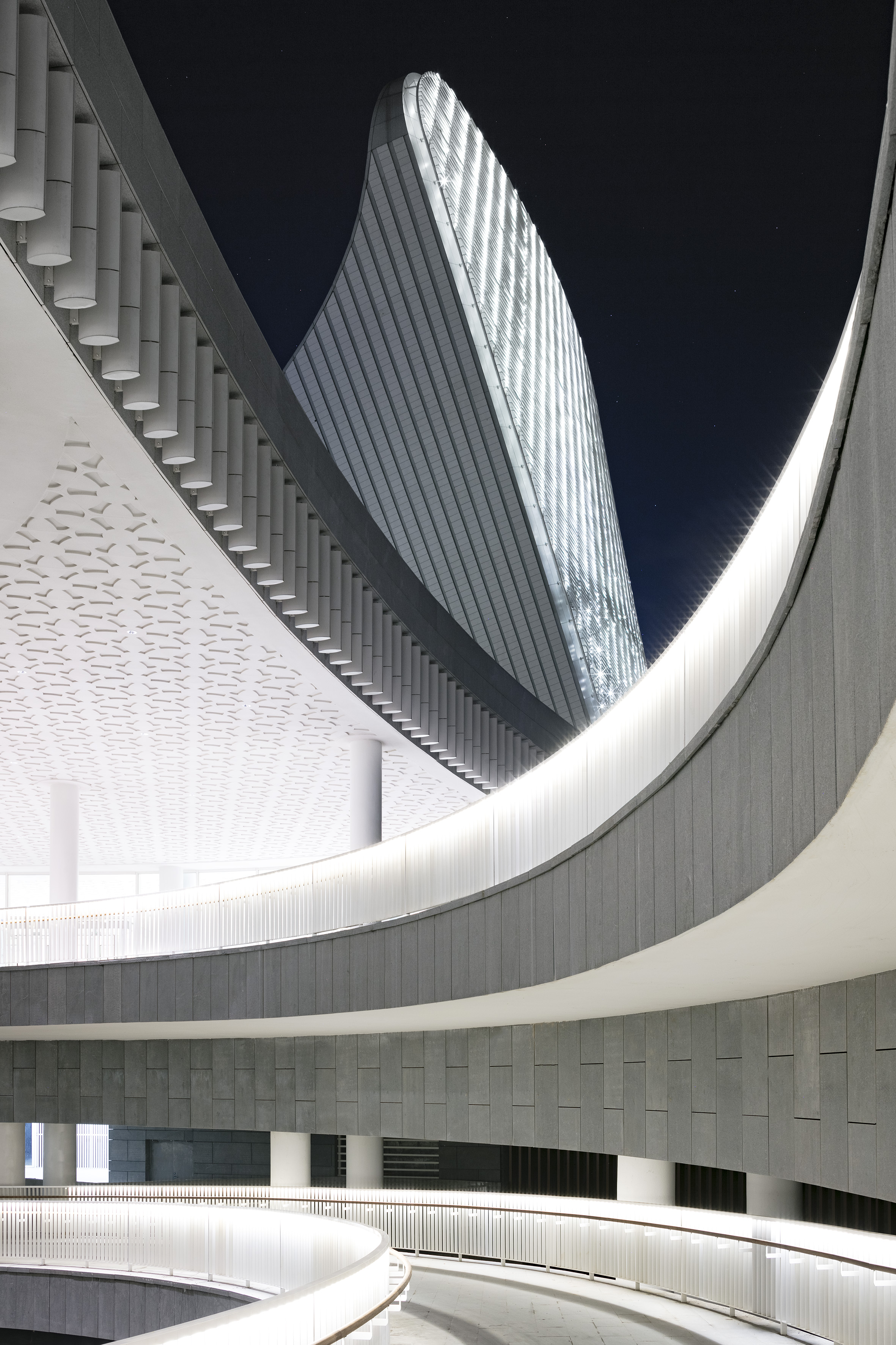
A striking spiral ramp connects the river level, the Jasmine Plaza on the ground floor and the public roof terrace.
The fine main buildings – the ‘petals' – are linked together by a central concourse on the ground level, and an accessible roof terrace at the top. Dramatic internal ramps and staircases, an open space at the project's heart, called the Central Jasmine Plaza, and seamless connections to the nearby Minjiang River, make for an ambitious and theatrical experience that is however firmly rooted in its context.
Inside, meticulously composed digital geometries and crafts unite in highly bespoke spaces that use materials, such as customised tiles and solid bamboo wood. The specially made ceramics are in fact a reference to the ‘historical context of the maritime Silk Road trade connection between China and the rest of the world', explain the architects. Highlighting this, Taiwanese ceramic artist Samuel Hsuan-yu Shih was invited to work on the interiors of the two main auditoriums, resulting in a pair of breathtaking halls full of sweeping curves and flowing spaces that are both pleasing to the eye and truly state-of-the-art when it comes to their acoustic properties.
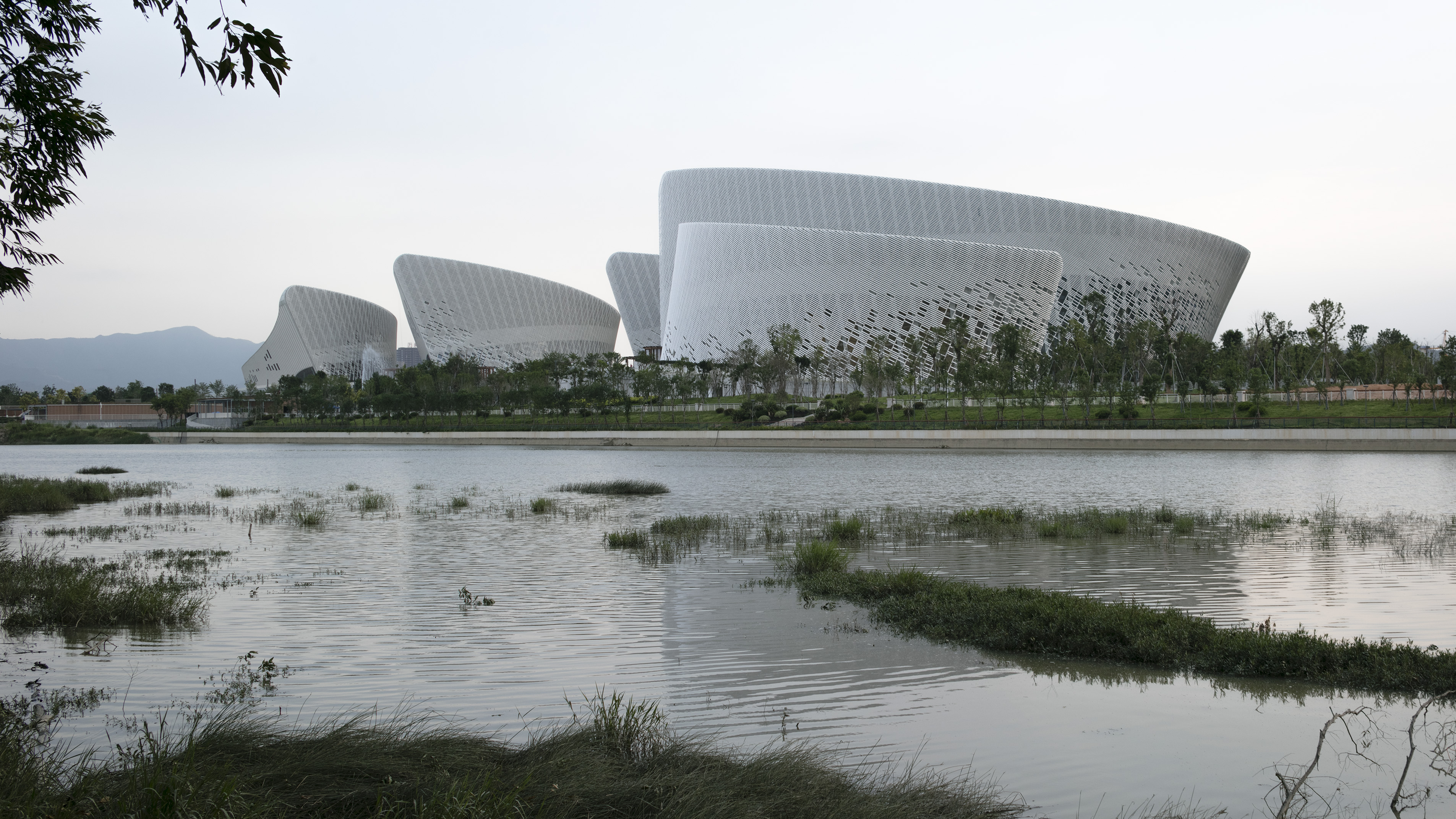
The complex is composed of five main buildings, spread along the river bank.
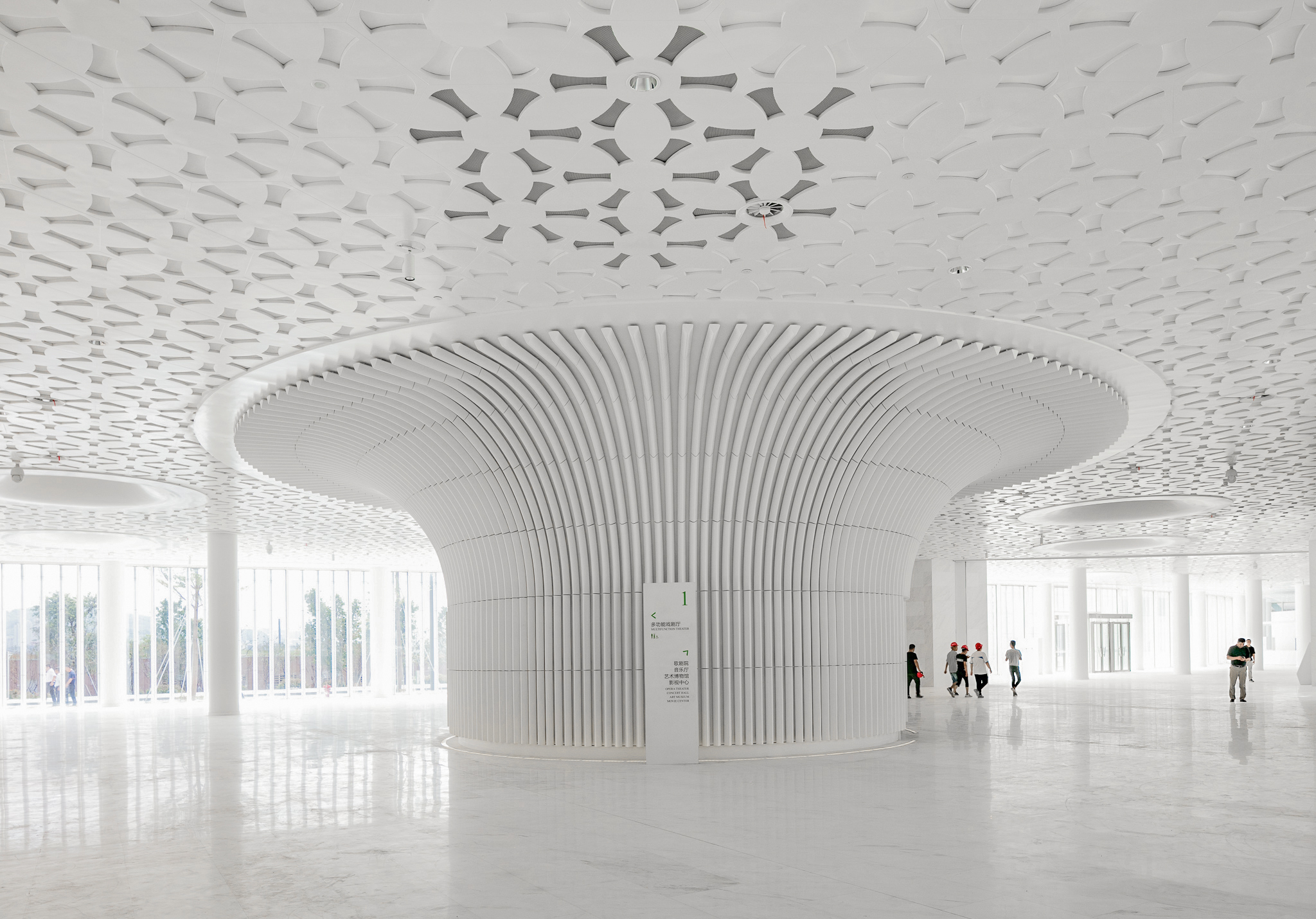
The main entrance leads to an open space, featuring ’mushroom columns’ that host elevator and ventilation equipment. This lobby area is to be used for cultural activities.
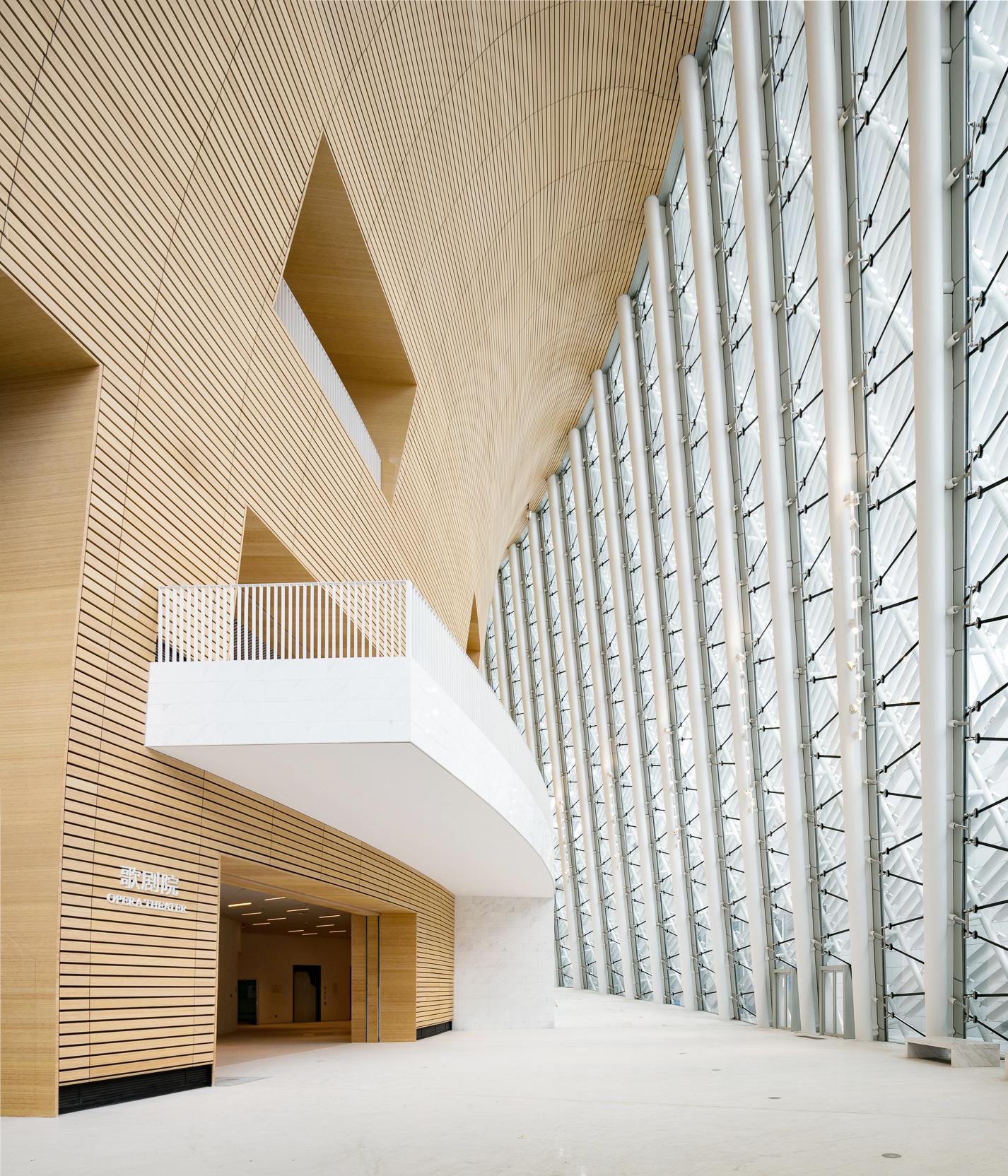
The double-curved interior wall surfaces are clad in bamboo and envelope circulation and gallery spaces.
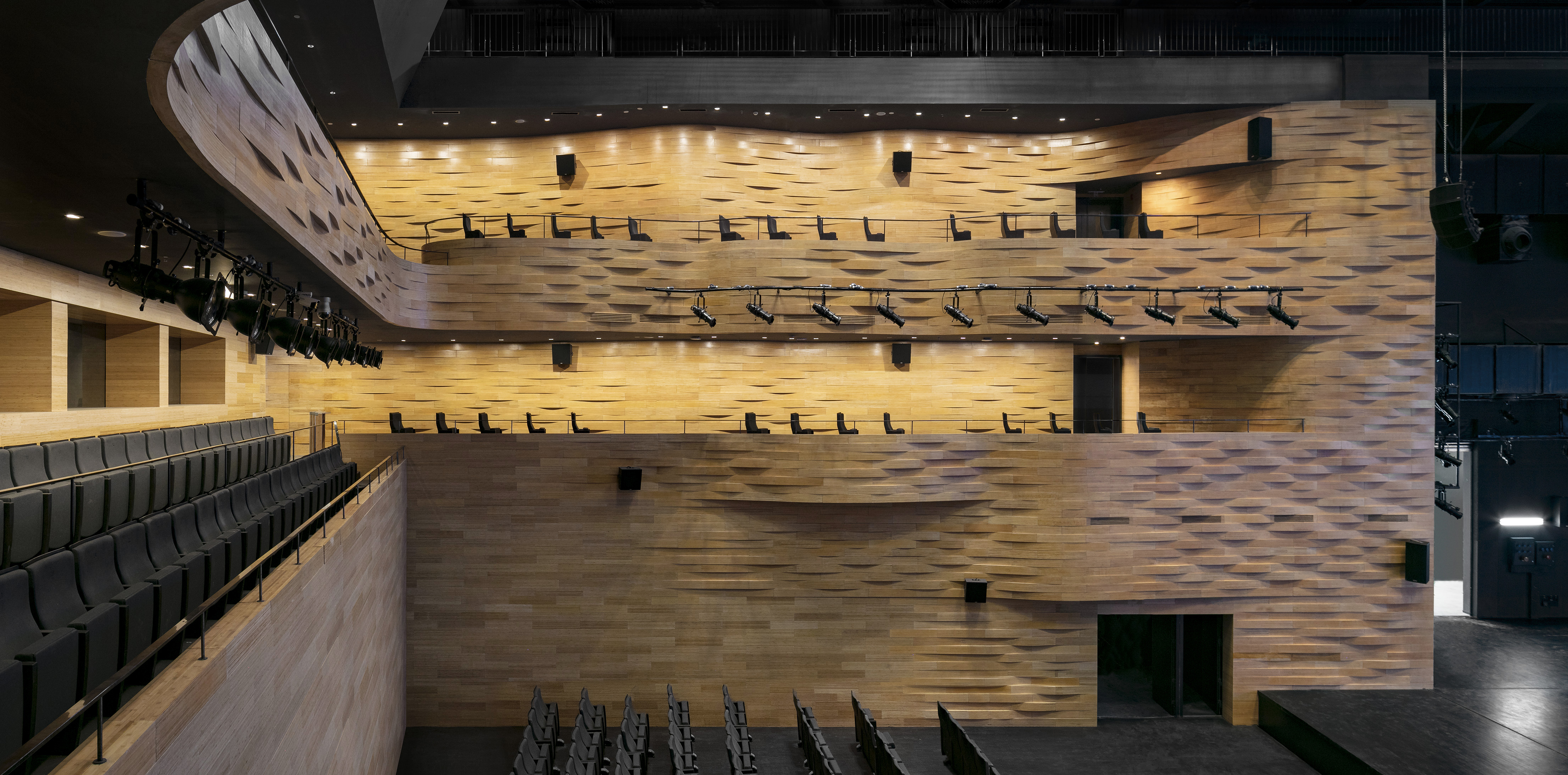
The Multipurpose Hall is flexible, so that the main stalls seating area can work both for a standing audience and even-level functions.
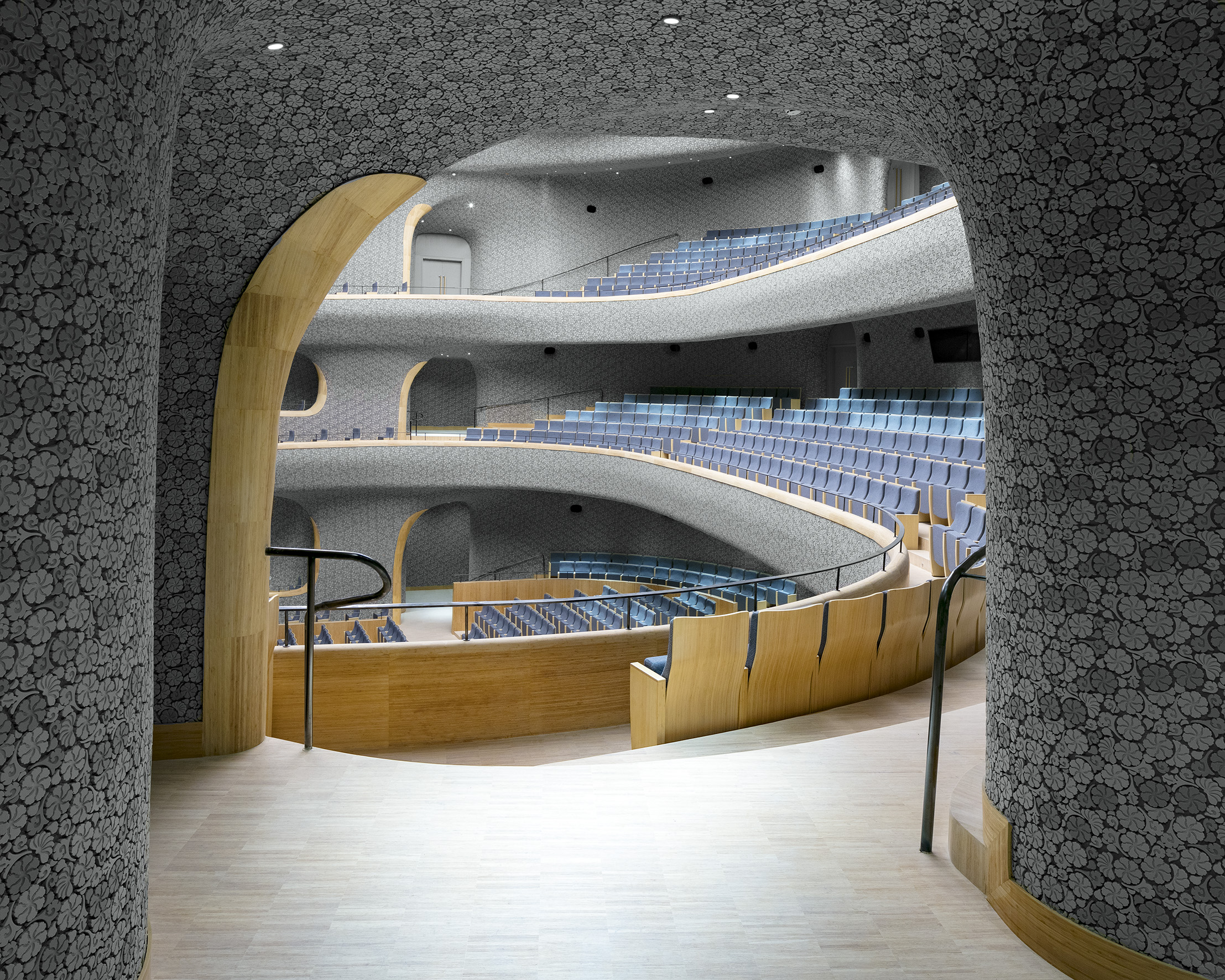
Approaching the Opera Hall through the building’s corridors, the double curved skin hints to the spectacular interior inside.
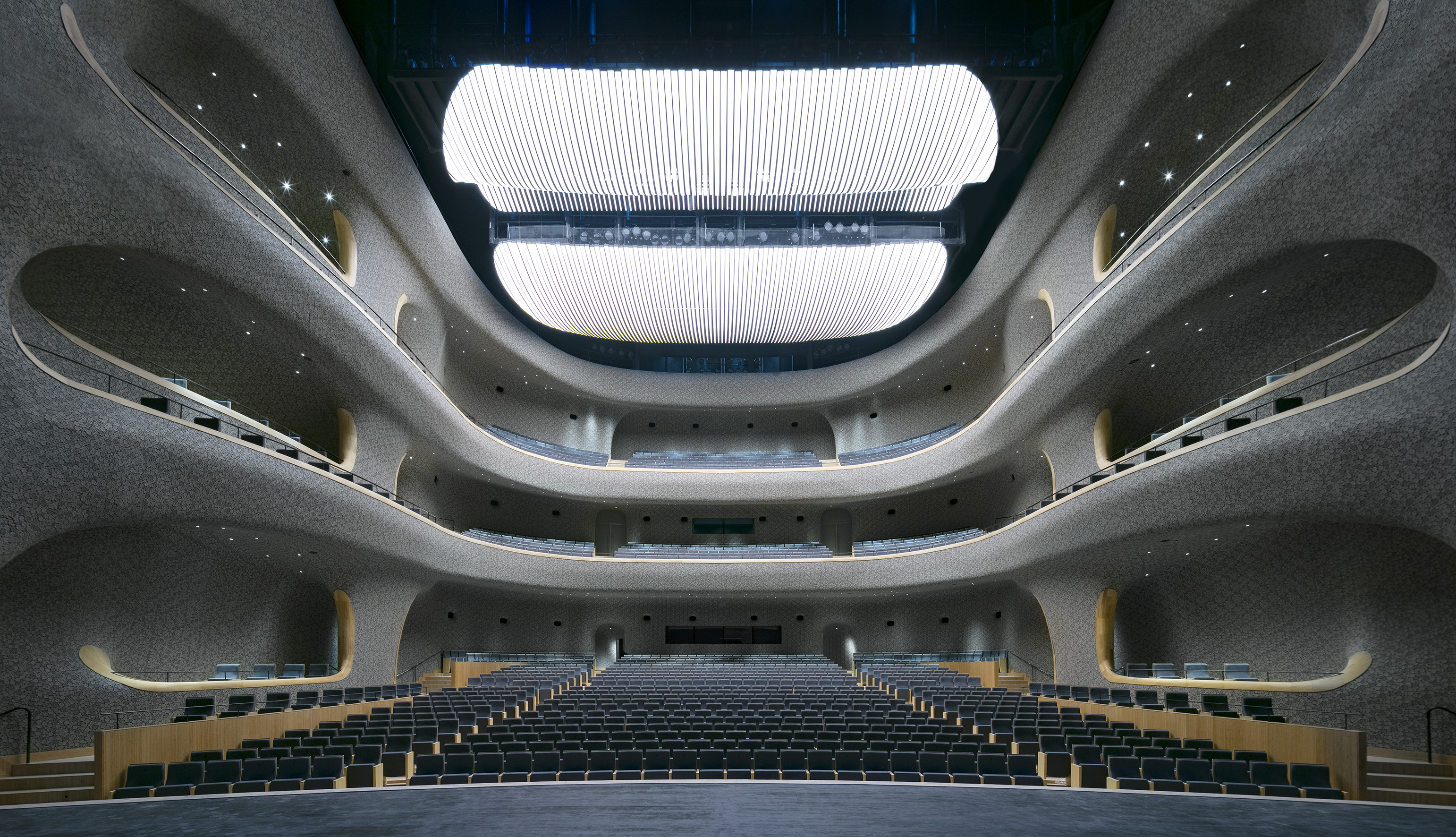
The Opera Hall has a 1600-seat capacity and a state-of-the-art acoustic scripting and bespoke tile design.
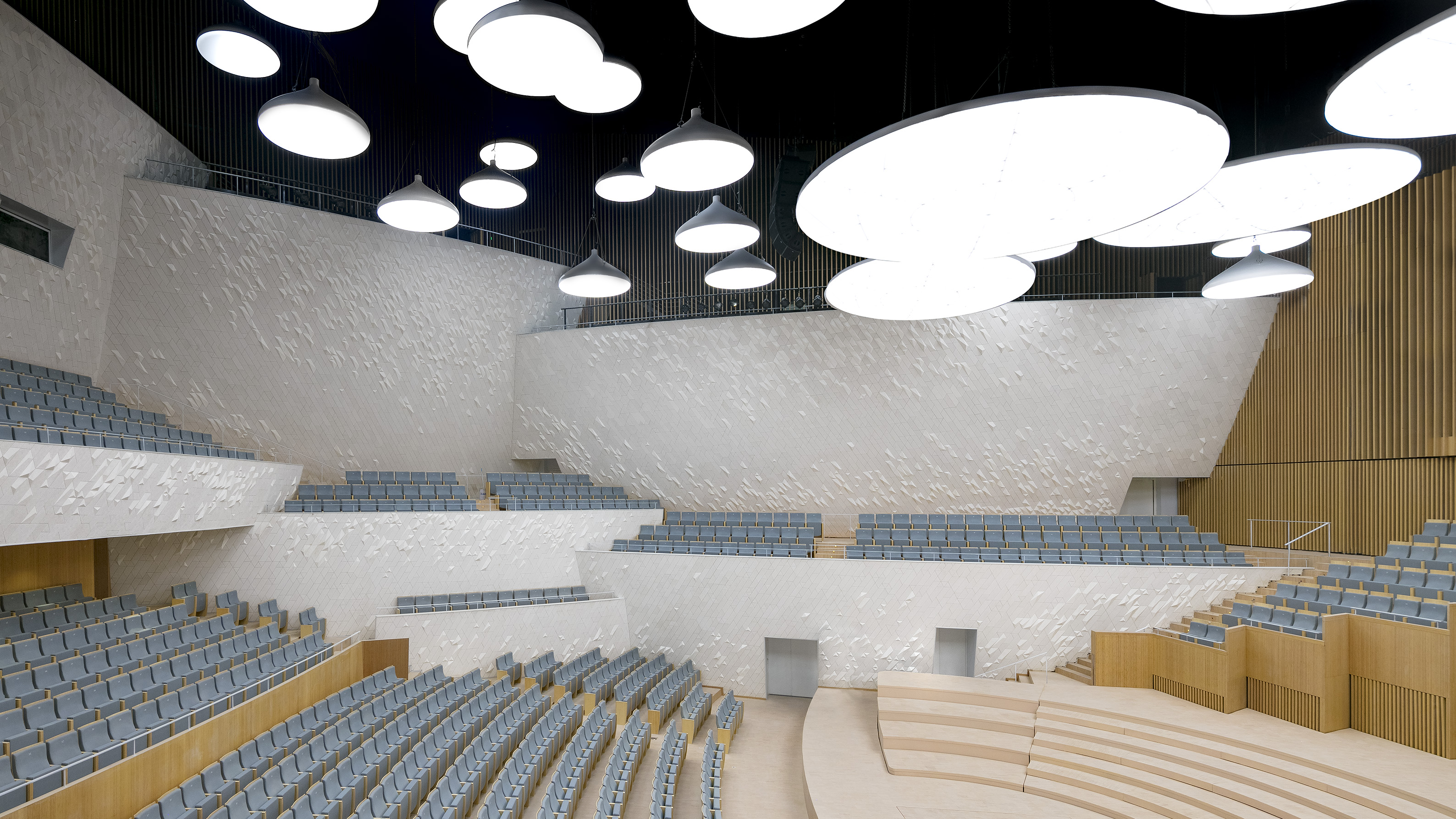
The complex’s Concert Hall is clad in customized white ceramic tiles and solid bamboo.
INFORMATION
For more information visit the website of Pes Architects.
Wallpaper* Newsletter
Receive our daily digest of inspiration, escapism and design stories from around the world direct to your inbox.
Ellie Stathaki is the Architecture & Environment Director at Wallpaper*. She trained as an architect at the Aristotle University of Thessaloniki in Greece and studied architectural history at the Bartlett in London. Now an established journalist, she has been a member of the Wallpaper* team since 2006, visiting buildings across the globe and interviewing leading architects such as Tadao Ando and Rem Koolhaas. Ellie has also taken part in judging panels, moderated events, curated shows and contributed in books, such as The Contemporary House (Thames & Hudson, 2018), Glenn Sestig Architecture Diary (2020) and House London (2022).
-
 The Lighthouse draws on Bauhaus principles to create a new-era workspace campus
The Lighthouse draws on Bauhaus principles to create a new-era workspace campusThe Lighthouse, a Los Angeles office space by Warkentin Associates, brings together Bauhaus, brutalism and contemporary workspace design trends
By Ellie Stathaki
-
 Extreme Cashmere reimagines retail with its new Amsterdam store: ‘You want to take your shoes off and stay’
Extreme Cashmere reimagines retail with its new Amsterdam store: ‘You want to take your shoes off and stay’Wallpaper* takes a tour of Extreme Cashmere’s new Amsterdam store, a space which reflects the label’s famed hospitality and unconventional approach to knitwear
By Jack Moss
-
 Titanium watches are strong, light and enduring: here are some of the best
Titanium watches are strong, light and enduring: here are some of the bestBrands including Bremont, Christopher Ward and Grand Seiko are exploring the possibilities of titanium watches
By Chris Hall
-
 A Xingfa cement factory’s reimagining breathes new life into an abandoned industrial site
A Xingfa cement factory’s reimagining breathes new life into an abandoned industrial siteWe tour the Xingfa cement factory in China, where a redesign by landscape architecture firm SWA completely transforms an old industrial site into a lush park
By Daven Wu
-
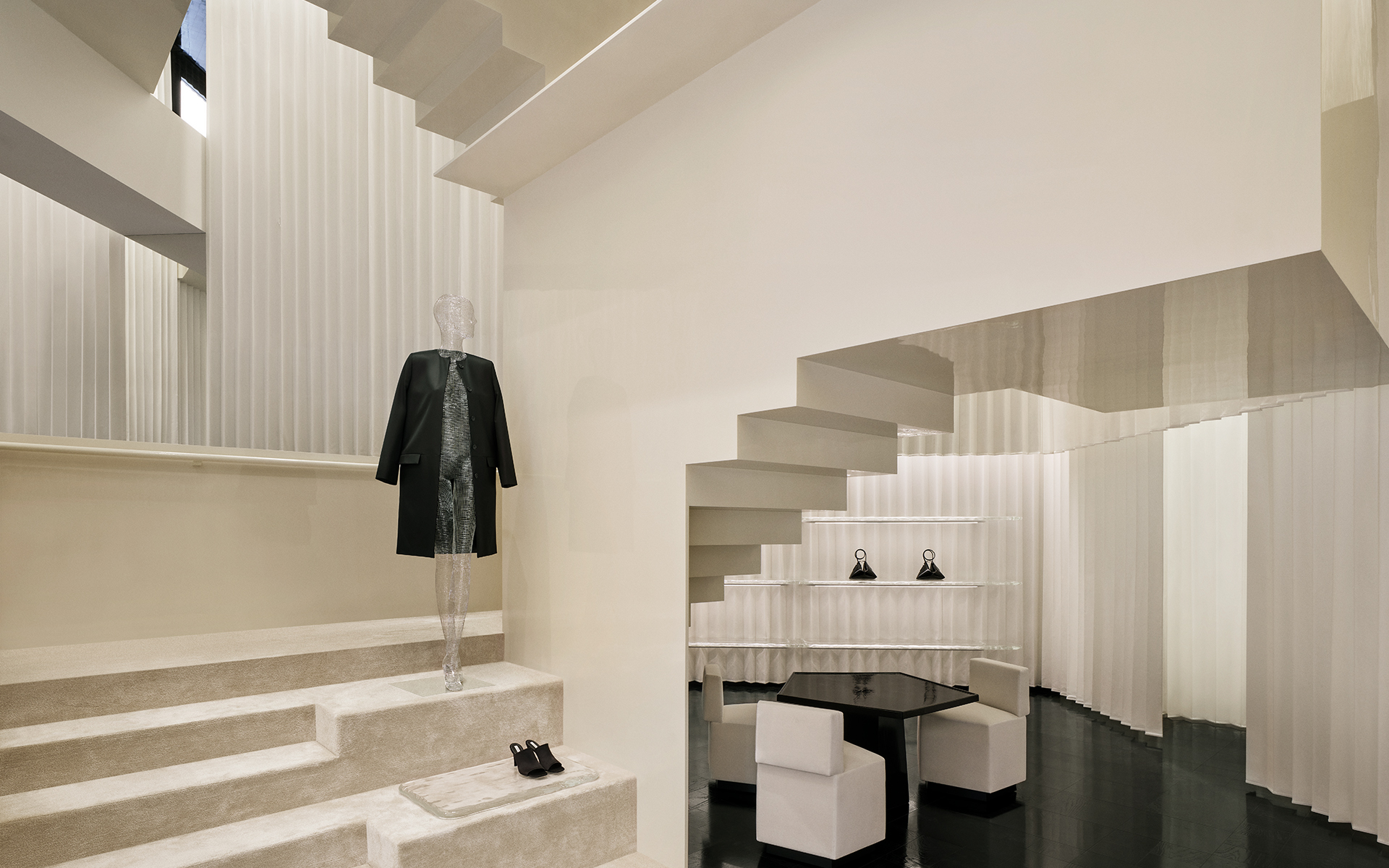 Bold, geometric minimalism rules at Toteme’s new store by Herzog & de Meuron in China
Bold, geometric minimalism rules at Toteme’s new store by Herzog & de Meuron in ChinaToteme launches a bold, monochromatic new store in Beijing – the brand’s first in China – created by Swiss architecture masters Herzog & de Meuron
By Ellie Stathaki
-
 The upcoming Zaha Hadid Architects projects set to transform the horizon
The upcoming Zaha Hadid Architects projects set to transform the horizonA peek at Zaha Hadid Architects’ future projects, which will comprise some of the most innovative and intriguing structures in the world
By Anna Solomon
-
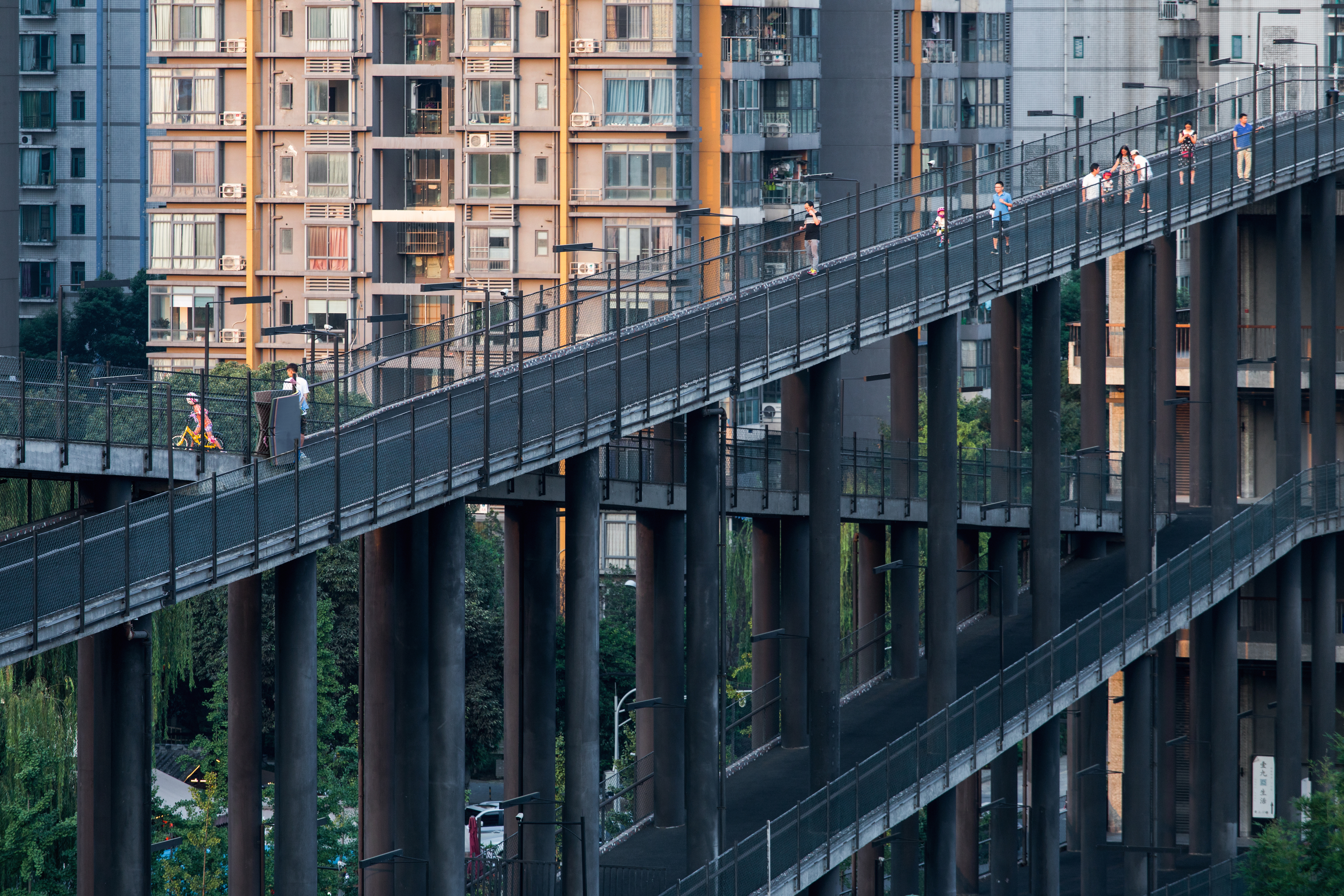 Liu Jiakun wins 2025 Pritzker Architecture Prize: explore the Chinese architect's work
Liu Jiakun wins 2025 Pritzker Architecture Prize: explore the Chinese architect's workLiu Jiakun, 2025 Pritzker Architecture Prize Laureate, is celebrated for his 'deep coherence', quality and transcendent architecture
By Ellie Stathaki
-
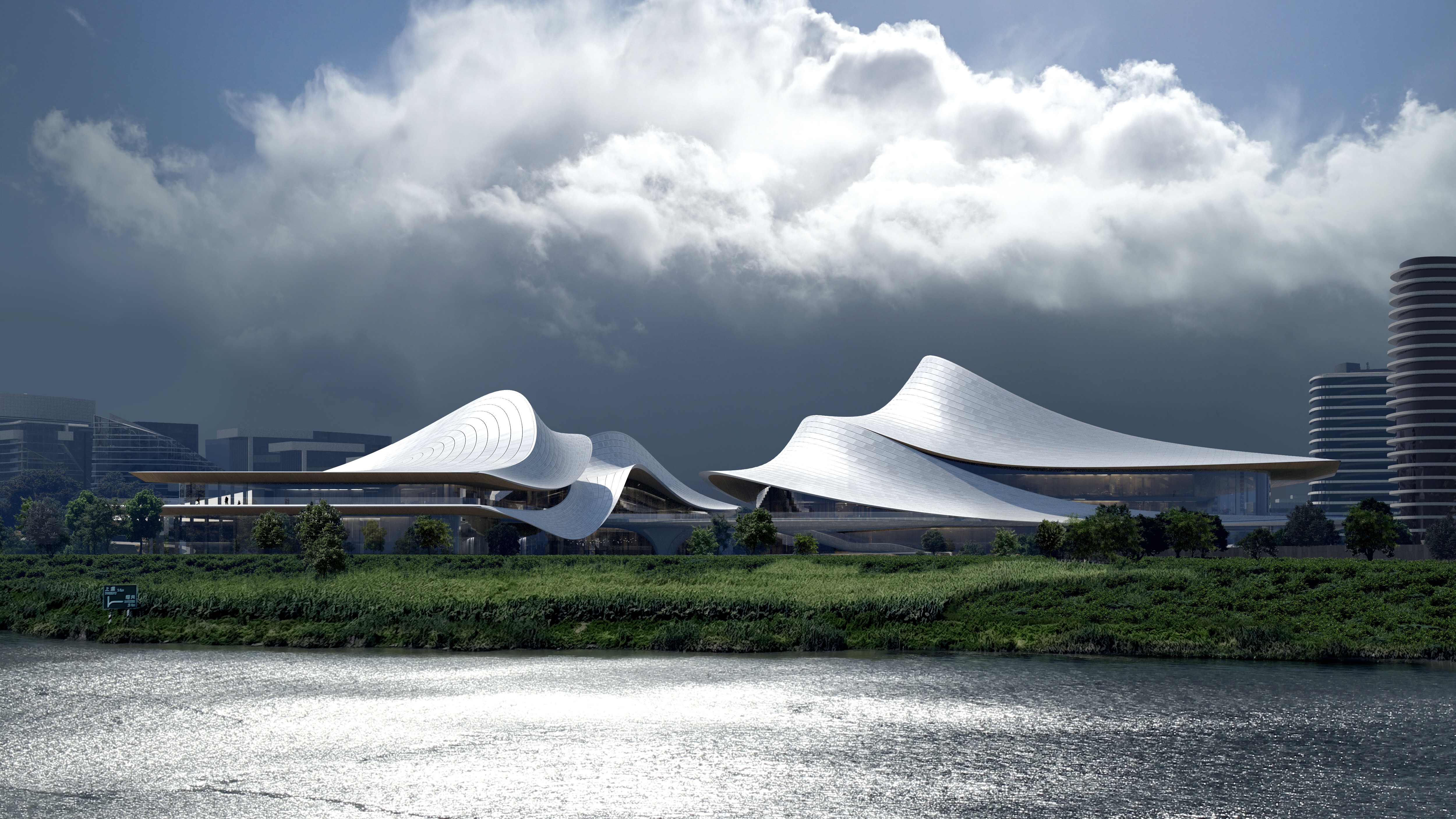 Zaha Hadid Architects reveals plans for a futuristic project in Shaoxing, China
Zaha Hadid Architects reveals plans for a futuristic project in Shaoxing, ChinaThe cultural and arts centre looks breathtakingly modern, but takes cues from the ancient history of Shaoxing
By Anna Solomon
-
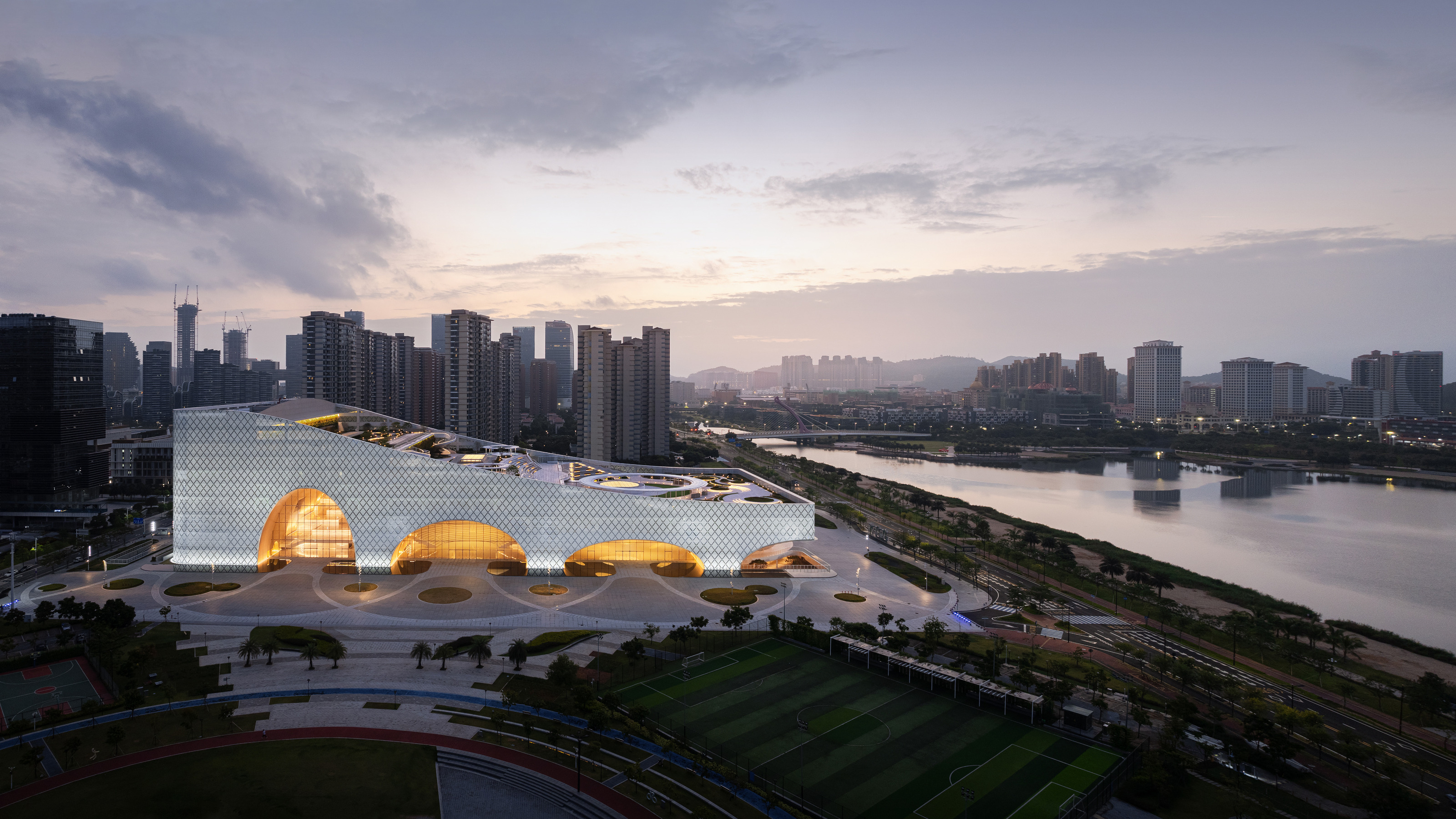 The Hengqin Culture and Art Complex is China’s newest cultural megastructure
The Hengqin Culture and Art Complex is China’s newest cultural megastructureAtelier Apeiron’s Hengqin Culture and Art Complex strides across its waterside site on vast arches, bringing a host of facilities and public spaces to one of China’s most rapidly urbanising areas
By Jonathan Bell
-
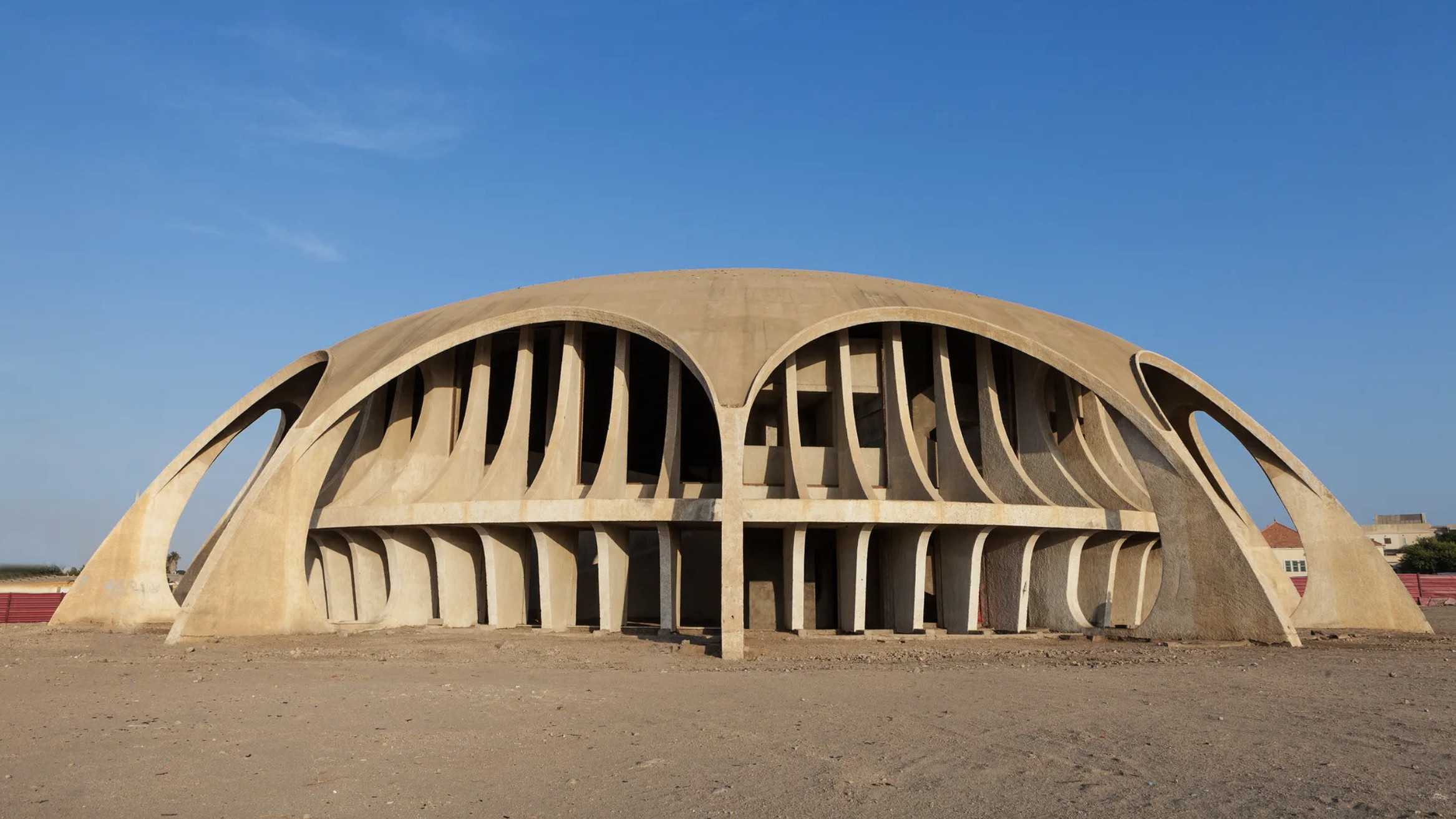 The World Monuments Fund has announced its 2025 Watch – here are some of the endangered sites on the list
The World Monuments Fund has announced its 2025 Watch – here are some of the endangered sites on the listEvery two years, the World Monuments Fund creates a list of 25 monuments of global significance deemed most in need of restoration. From a modernist icon in Angola to the cultural wreckage of Gaza, these are the heritage sites highlighted
By Anna Solomon
-
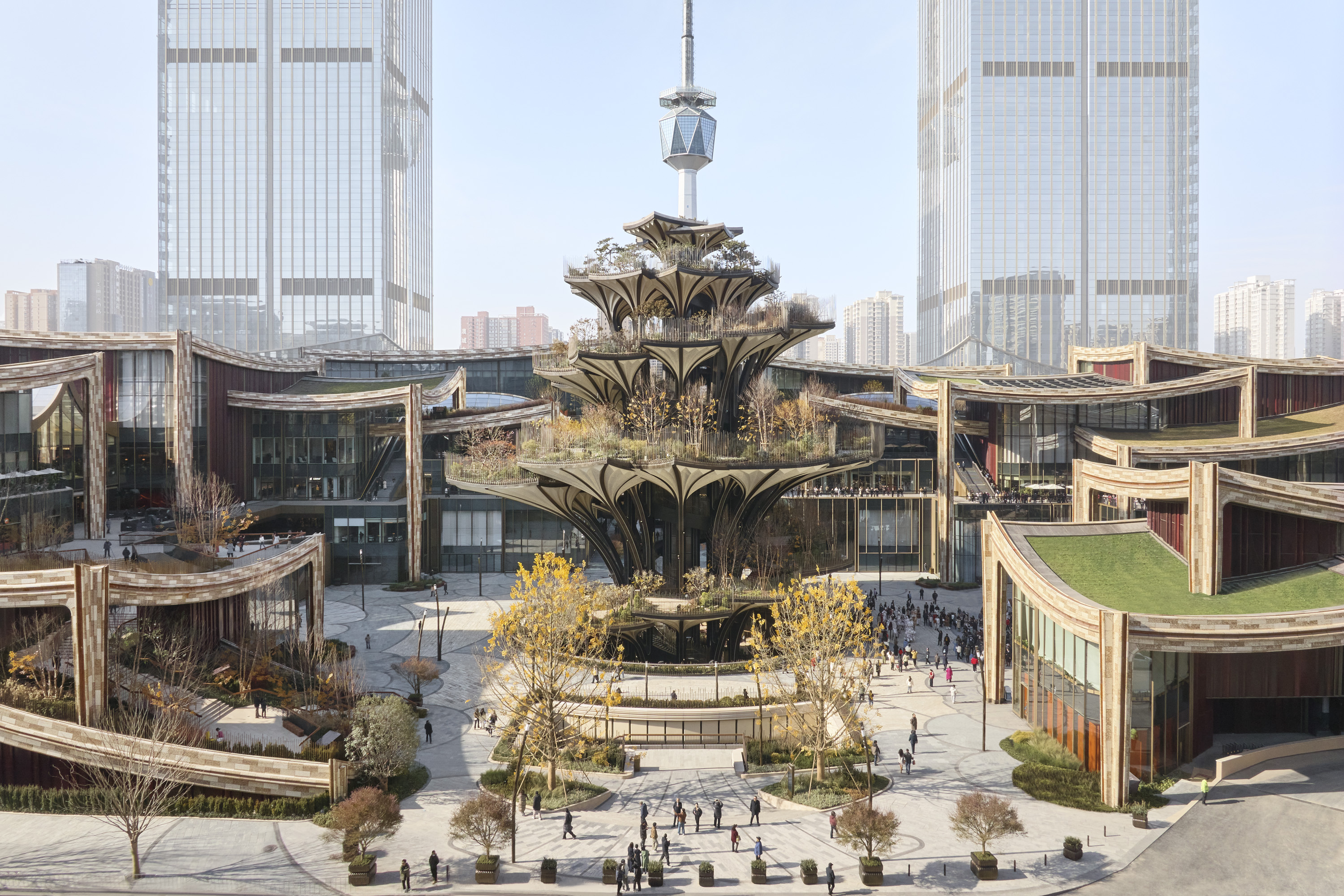 Tour Xi'an's remarkable new 'human-centred' shopping district with designer Thomas Heatherwick
Tour Xi'an's remarkable new 'human-centred' shopping district with designer Thomas HeatherwickXi'an district by Heatherwick Studio, a 115,000 sq m retail development in the Chinese city, opens this winter. Thomas Heatherwick talks us through its making and ambition
By David Plaisant